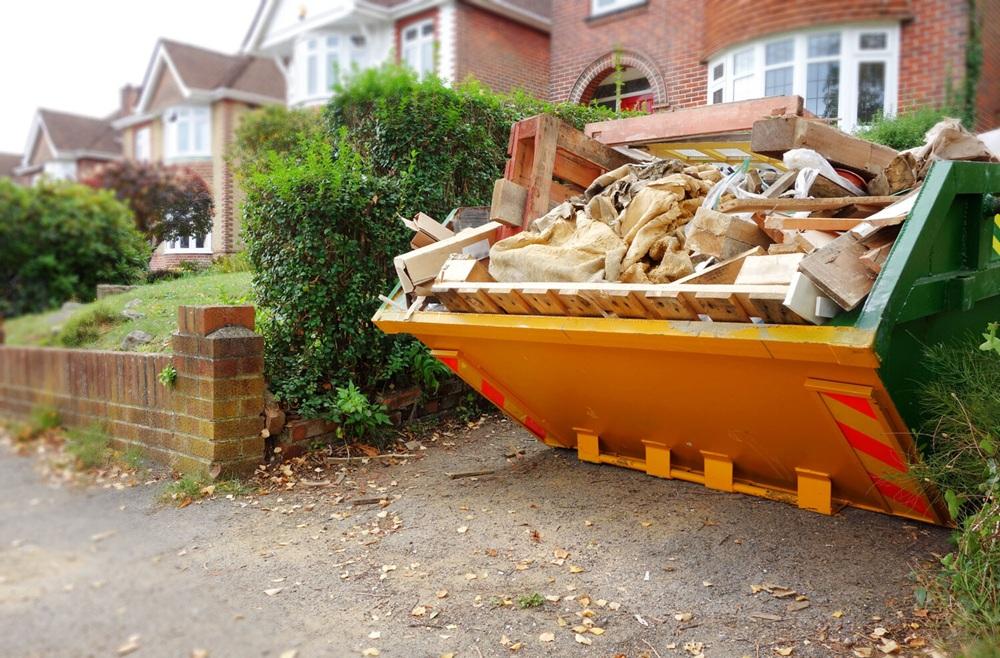The Right Way to Fill a Skip Bin

Hiring a skip bin is one of the easiest ways to deal with large amounts of waste during a home clean-up, renovation, or garden project. But simply throwing things in at random can waste space, lead to safety issues, and even result in added charges from your skip hire provider.
To get the most out of your skip, you need to fill it the right way.
Start With the Right Skip Size
Before you even begin filling, choosing the right size skip is key. Go too small and you might need to order a second skip. Go too big and you’re paying for space you don’t use.
For household clear-outs or small DIY jobs, a mini or midi skip is often enough. For bigger renovations or garden overhauls, a builder’s skip may be more suitable. A reliable skip hire provider can help you pick the right size based on your project.
Plan What Goes In
It’s easy to underestimate how much waste a project will create. Before your skip arrives, take time to sort and organise your rubbish. This helps you avoid overloading the skip or putting in items that shouldn’t be there.
Group materials by type: wood, metal, garden waste, general rubbish. Separate anything that might need special disposal like electrical goods, chemicals, or paint tins, which are not allowed in general skip bins.
Load Heavy Items First
Local providers offering skip hire in Bournemouth often advise starting with heavier items. This helps create a stable base at the bottom of the skip and prevents lighter materials from getting crushed.
If you're hiring skip bins in areas like Poole, it's common practice to follow this same approach. Stack bricks, rubble, tiles, or bulky furniture first to form a solid foundation. Not only does this make the skip safer to transport, but it also gives you a better idea of how much room is left for everything else.
Break Down Large or Bulky Items
The more space you can save, the more efficient your skip use will be. Disassemble old furniture, flatten cardboard boxes, and cut down long branches or pipes. This helps you fit more into the skip without exceeding the fill line.
Avoid throwing in items as they are. With a bit of effort upfront, you can significantly increase how much fits inside your bin.
Fill Gaps With Smaller Rubbish
Once your heavier and bulkier items are in place, fill the spaces between them with smaller or irregular-shaped waste. Think of it like a puzzle. Add soft furnishings, garden clippings, broken tiles, or loose rubbish into the empty areas.
Doing this improves how efficiently the skip is filled, reduces wasted space, and makes it less likely that you’ll need a second skip.
Keep It Level – Don’t Overfill
Every skip has a maximum fill line. If you pile rubbish above the rim, the skip may be too dangerous to move. Skip hire companies are legally required to refuse collection of overloaded skips. You’ll be stuck having to unload it or order a second skip.
Always keep the waste level with the top edge of the bin. If you’re not sure what the fill limit is, ask your provider before you start filling. It’ll save you time and hassle later.
Avoid Banned Items
You can’t throw everything into a skip. Some items are restricted for safety, legal, or environmental reasons. These typically include:
-
Paint, solvents, and chemicals
-
Asbestos or plasterboard
-
Gas bottles
-
Tyres
-
Electrical appliances like fridges or TVs
-
Batteries
-
Medical waste
Disposing of these items incorrectly can lead to fines and delays. Most skip hire companies will provide a clear list of what’s allowed and what’s not. If in doubt, ask before you throw.
Use the Skip Quickly and Responsibly
Skip hire services are usually based on a set hire period, often between 5 to 14 days. Don’t let your skip sit idle. Have your rubbish ready before the skip arrives, so you can fill it and arrange collection promptly.
If it’s placed on the street, it can attract illegal dumping or complaints from neighbours. Keep your skip covered if it’s outdoors, and avoid putting it in public areas unless absolutely necessary.
Recycle Where You Can
While it’s easy to toss everything into the skip, take a moment to separate out materials that could be reused or recycled. Cardboard, plastic, metal, and some wood can be taken to local recycling centres or passed on to charities or reuse schemes.
Reducing landfill waste is not just good for the environment, it also keeps your skip clear for items that really need it.
Work With a Licensed Skip Hire Provider
Finally, make sure your skip hire company is licensed and fully insured. They’re responsible for handling your waste legally and ethically. A good provider will offer advice on how to fill your skip correctly, help with permits, and ensure timely collection.
Using a professional service also means your waste is sorted and recycled wherever possible, giving you peace of mind.
Conclusion
Filling a skip bin properly isn’t difficult, but it does require a little planning. From loading heavy items first to keeping everything within the fill line, every step plays a part in making your skip hire safe, efficient, and cost-effective.
If you’re getting ready for a home project, renovation, or clear-out, proper skip use makes all the difference. Work with a local expert, follow these practical tips, and make the most out of your skip hire experience.
- Information Technology
- Office Equipment and Supplies
- Cars and Trucks
- Persons
- Books and Authors
- Tutorials
- Art
- Causes
- Crafts
- Dance
- Drinks
- Film
- Fitness
- Food
- Oyunlar
- Gardening
- Health
- Home
- Literature
- Music
- Networking
- Other
- Party
- Religion
- Shopping
- Sports
- Theater
- Wellness



